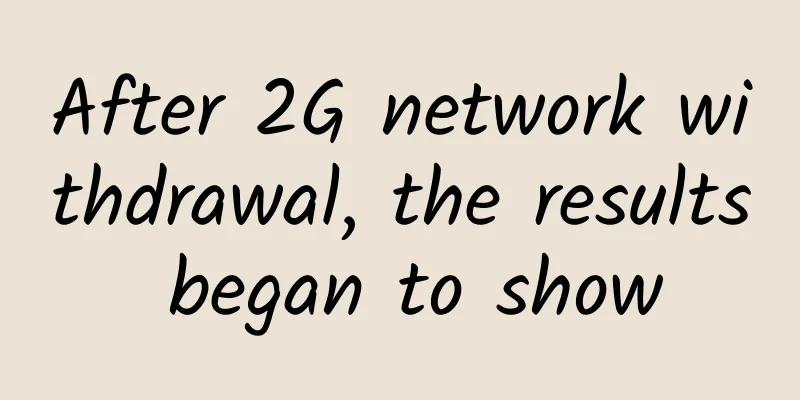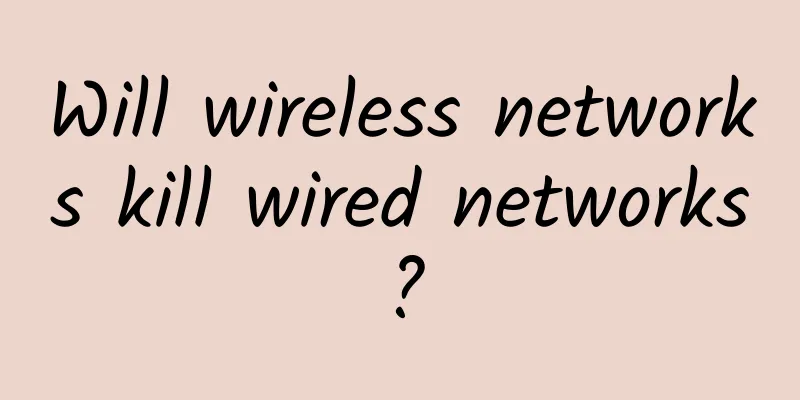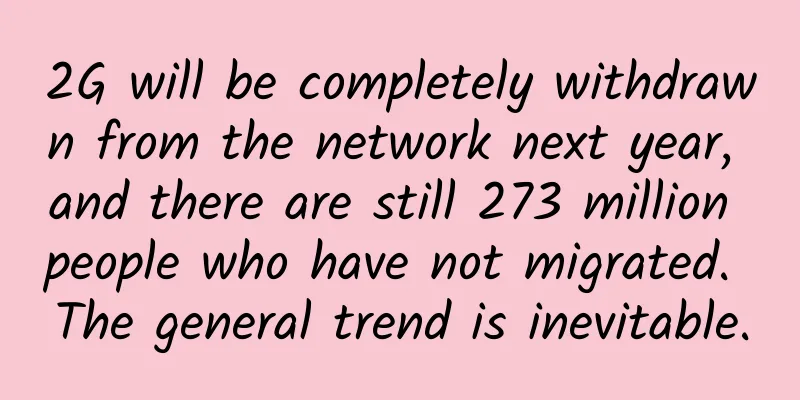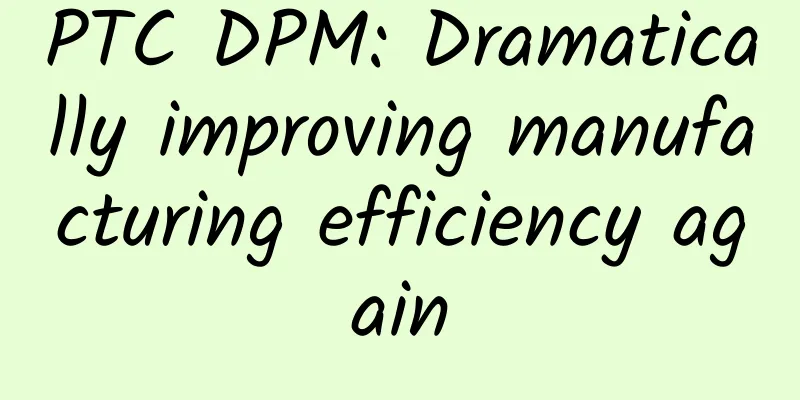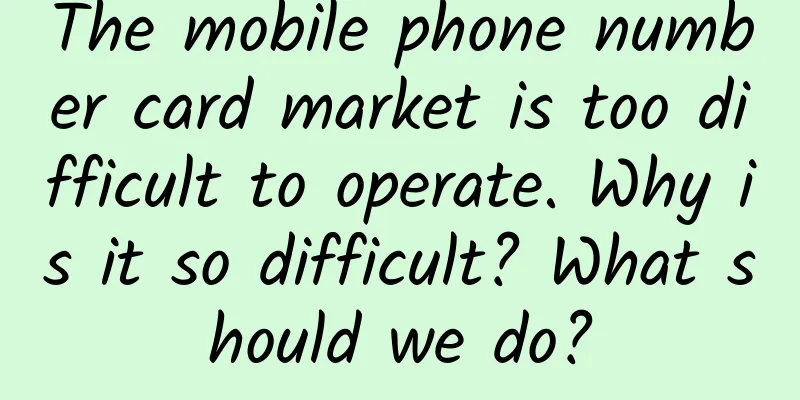8 ways businesses are using technology and tools for remote meetings
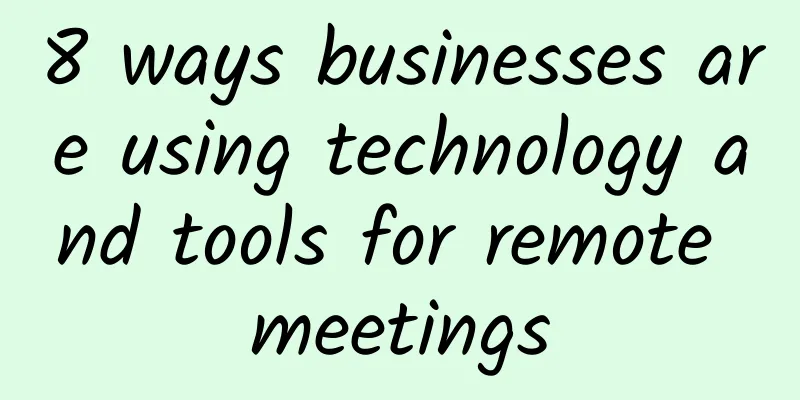
|
Participating in remote meetings can also be a painful experience due to technical glitches, scheduling challenges, or a lack of meeting focus. To make this process easier, many companies have begun to adopt new technologies for remote meetings. "The idea of reinventing remote business meetings is nothing new," said Trevor Schulze, CIO of RingCentral, a unified communications platform. "Most people feel like they're constantly in meetings and getting very little value out of them."
Here are eight ways businesses can use tools and technology to improve connectivity, automatically capture notes, manage action items, streamline scheduling and share ideas during remote meetings. 1. Improve with new technologies As more meetings are conducted remotely, IT departments need to look for ways to improve the quality of remote meetings. This will involve using more advanced communications technology in remote meetings, using mobile phone and computer technology improvements, or a combination of the two. The first generation of mobile conferencing applications usually play the voices of all participants, but these voices are usually mixed together, while in real-life meetings, people are used to listening to voices from a specific direction. Conference equipment vendors such as Dolby and Sennheiser have been trying to add 3D spatial audio to their equipment to simulate this effect. Now, Dolby has brought similar features to mobile conferencing applications through its acquisition of Voxeet. “In the future, participating in remote meetings and collaborative discussions will feel almost the same as being present in person,” said Ron Holtdijk, Director of Business Communications at Sennheiser. 2. Simplify the setup Remote conferencing software uses automation to reduce the technical issues associated with remote meetings. For example, Cisco Webex Room Kit Video can use calendar syncing to automatically detect meeting settings, identify each participant in the room, and provide the ability to launch the call with a single button, said Richard Buxton, director of unified communications provider N4Engage. “Room-based video solutions are very easy to use, integrate into the conferencing platform, and provide very high-quality audio and video,” he said. Over time, he hopes to be able to add virtual business cards using facial recognition and better interactions through voice commands to increase automation. 3. Automatic transcription Large-scale conferencing applications, such as Otter and IBM’s Watson Media platform, also use AI technology to automatically transcribe meetings. This can quickly provide summaries for attendees, generate headlines for large remote meetings, and index content for later search. Chris Zaloumis, head of IBM Watson enterprise video products, said automatic closed captioning can enhance user engagement. IBM is also developing conferencing tools and technology that allow companies to track user engagement and completion rates at specific points in a video to provide feedback to managers. 4. Use chatbots to improve productivity Many companies have been using chatbot technology in remote meetings, creatively combining text communication and operations management by using tools such as Slack. These tools allow them to analyze, manage and configure technical infrastructure within text conversations. Now, companies are starting to use conferencing tools with similar capabilities. Samantha Odo, chief operating officer of Canadian real estate service Precondo, said the company used Slack integration to streamline workflows involving users in Jira, Google Docs and project management app Standuply. She said: "This makes meetings more comfortable and productive. This allows some better integration of features into a universal chat tool, providing an easy learning curve for users of different technical proficiency levels." 5. Actionable meeting notes Some companies are also using new applications that bring similar functionality to remote meetings for managing agenda items, notes and decision-making tools, such as Notion, Hugo, Soapbox and Sherpany. David Pawlan, product strategist at software outsourcing service Aloa, said they have been using Notion, which allows each participant to write out their agenda items before and during the meeting and assign action items. “Everyone has to fill out the agenda before the remote meeting starts, which makes it more collaborative, and at the end of the remote meeting, action items are automatically posted to the appropriate people’s mobile devices,” Pawlan said. Tools like Hugo can also reduce information overload by pushing action items to where users need to get done, said Matt Renie, an account manager at Zylo. He worries that the growing number of tools and technology in remote meetings is becoming more complex for users, and thinks it’s important that new tools fade into the background, while documents and email threads about a specific account are all in one place. Sherpany is a company that is developing innovative technology that is using artificial intelligence to track discussion agenda items by analyzing remote meetings organized on the platform. It also includes tools that allow managers to determine whether certain topics are over- or under-represented in remote meetings. Tobias Häckermann, CEO and founder of Sherpany, said they are also developing features to provide remote meeting performance feedback. 6. Schedule Automation "It's a nightmare for attendees to have to use a diary to book meetings, especially for client or prospect meetings," said Henry McIntosh, director of 2112 Marketing, which says the company has been using Calendly to streamline the process. Other standalone calendar automation tools include Doodle and FreeBusy. “These platforms allow users to identify a time that works for the most people and share important details about the remote meeting,” said Amy Quarton, an instructor in Maryville University’s online organizational leadership program. The real power of these tools is integration with other applications, said Mark Webster, co-founder of online marketing education firm Authority Hacker. For example, when someone books a meeting, it can automatically update their calendar and generate a conference room code for a video conferencing application. “This is great for scheduling one-on-one meetings, such as performance reviews, because it allows employees to interact when they are free and choose from available time slots,” Webster said. 7. Simplify polling Software tools such as Slido allow employees to answer polls and questions before and during large remote meetings. This makes remote meetings more interactive and allows more team members to participate, said Bruce Hogan, CEO of Software Pundit, a technology research service that has been using the tool. He said his company uses Slido to allow employees to submit questions before meetings and then vote on their favorites. During the meeting, leadership is able to address the team's most pressing issues. The biggest challenge in making conferencing technology work well is adapting it to the company and its culture. To increase adoption, they posted instructions for using Slido in their meeting invitations. 8. Shared Whiteboard A shared whiteboard provides a collaborative space where participants can post agendas, ideas and decisions during a remote meeting. Jovan Milenkovic, co-founder of technology review service KommandoTech, said this means progress can be followed in real time without further verbal explanation. His team has been working with Miro, and although it is simple, he recommends trying it first so it doesn't become a distraction. TechLoris CEO Shayne Sherman likes using the AWW App, which allows him to explain things visually and edit the same visualization if someone disagrees. He says, "I find it very useful for keeping people on track. It also provides a great way for people to voice their opinions during the meeting." Even a tool as simple as Google Docs can provide a collaborative experience that ultimately delivers tangible benefits, said Torsten Volk, executive research director at Enterprise Management Associates. "Google Docs is available to everyone, anywhere, on any device, and there is essentially no learning curve. Managers simply view the document in read-only mode while others add content and comments," he said. Volk has found that using Google Docs can bring a sense of accountability, increase collaboration, and provide teams with clear action items and detailed overall meeting or call records. Even better, using the Google Docs commenting feature, team members can all understand and complete their own work, reducing the need for certain meetings. However, it’s important to focus on data compliance and user access rules, which can be a bigger issue when working with external parties. |
Recommend
5G spectrum technology has made a breakthrough, and battery life has soared
Improving battery life has been a challenge for a...
RAKsmart May Promotion: New Los Angeles servers starting at $30/month, VPS starting at $1.99/month, cluster servers/high bandwidth servers
RAKsmart launched a flash sale promotion for new ...
What is the difference between Private 4G LTE and Private 5G?
Many enterprises are deploying private 4G LTE (sh...
5G network frequency band allocation is in turmoil again. Will the country allow spectrum resource auctions?
The recently revised "Radio Management Regul...
VIRPUS: $35/month-E3 1230/16GB/500GB/5TB/Seattle data center
VIRPUS is a long-established foreign VPS hosting ...
Riverbed helps Baker Donelson gain deeper insights into actual end-user experience
Digital transformation has been fully launched in...
Scan code payment is going to be eliminated! QR code is going to be eliminated from the stage of history
[[392156]] The launch of the digital RMB will def...
The concept and installation plan of network bridge and wireless bridge
What is a bridge A bridge is like a smart repeate...
The dilemma of contemporary 5G users: From being 5G to returning to 4G, we should slow down
If the elderly are the ones abandoned by the Inte...
5G and AI Use Cases - How 5G Helps Implement Artificial Intelligence
Michael Baxter says 5G will unlock the potential ...
Smart trash cans offer hidden 5G infrastructure
Alpha Wireless partners with smart waste company ...
No more worrying about data loss: use rsync to build your automated backup solution
In modern IT environments, data backup is a vital...
Ke Jie: This is my last man vs. machine match, watch and cherish it
The China Wuzhen Go Summit will officially kick o...
RabbitMQ communication model work model
Hello everyone, I am Zhibeijun. Today, I will lea...
How to fill every corner of the room with Wi-Fi?
Nowadays, in a large living environment, there ar...
